Introduction: The Symbolism and Impact of Hitting a Bird While Driving

Encountering unexpected events on the road is a common experience for drivers, but few incidents can be as startling and thought-provoking as hitting a bird while driving. The sudden collision, the flutter of wings, and the realization of what has occurred can leave motorists with a mix of emotions and questions. In this article, we will explore the multifaceted nature of hitting a bird while driving, examining both its physical effects and the symbolic interpretations it may hold.
Symbolic Interpretations and Cultural Significance
Hitting a bird while driving may appear to be a random and unfortunate event, but in various cultures and belief systems, it carries symbolic interpretations and significance. Birds have long been associated with messages, omens, and spiritual connections. Their presence in the sky, soaring freely, has often been linked to ideas of freedom, spirituality, and the soul.
Birds are considered messengers from the spiritual realm in some cultures. Hitting a bird could be seen as a sign or message, carrying hidden meanings and warnings. Interpretations may vary based on personal beliefs, cultural background, and individual experiences. For example, different bird species hold distinct meanings in certain mythologies and folklore. The significance of hitting a hawk may differ from that of hitting a dove, offering a diverse range of interpretations.
It is important to note that the symbolic interpretation of hitting a bird while driving is subjective. Not everyone may ascribe meaning to such an event, and personal beliefs play a significant role in shaping individual perspectives. However, exploring the potential symbolism can provide insights into the human tendency to seek meaning and connections in unexpected occurrences.
Understanding the Physical Effects
When a vehicle collides with a bird while in motion, the physical effects can vary depending on factors such as the bird’s size and weight, the vehicle’s speed, and the point of impact. Understanding these effects can shed light on the potential consequences of such collisions.
The immediate physical effect of hitting a bird while driving is the collision between the bird and the car’s exterior. This collision often produces a loud noise, commonly described as a thud or a bang, which can startle both the driver and passengers. The suddenness of the impact can cause a momentary disorientation, potentially affecting the driver’s ability to maintain control of the vehicle.
In addition to the initial impact, there is also a risk of damage to the vehicle itself. The bird striking the windshield or other delicate parts, such as the headlights or grille, can result in visible damage. Repair costs can quickly accumulate if external components like side mirrors or body panels are broken or dislodged.
Furthermore, there is a possibility of the bird entering the vehicle’s cabin through open windows, sunroofs, or damaged areas. This unexpected intrusion can be distressing for the occupants and may require immediate action to remove the bird safely. It is crucial to remain calm and avoid sudden movements to prevent harm to both the bird and the passengers.
While rare, collisions with birds can result in injuries to the driver or passengers. Although the risk of human injury is relatively low, it is not entirely unheard of. For instance, a bird hitting the windshield at high speeds can potentially cause eye injuries or minor cuts from shattered glass. Seeking medical attention is important if any injuries occur as a result of such incidents.
By being aware of the physical effects of hitting a bird while driving, drivers can take precautions and respond appropriately when faced with such situations. Next, we will delve into the emotional impact of this experience, exploring the feelings it can evoke in individuals.
Exploring the Emotional Impact
The experience of hitting a bird while driving can evoke a range of emotions in individuals. The suddenness and unexpected nature of the collision can leave drivers and passengers feeling startled, unsettled, or even guilty. The realization that a living creature has been harmed can trigger empathy and a sense of responsibility.
Furthermore, hitting a bird may prompt contemplation and reflection. It can serve as a reminder of the fragility of life and the interconnectedness of all beings. This introspection can lead to a deeper appreciation for nature and a heightened awareness of our impact on the environment.
It is essential to acknowledge and process these emotions in a healthy way. Engaging in self-care practices, seeking support from loved ones, or even participating in activities that promote environmental conservation can help individuals navigate the emotional aftermath of hitting a bird while driving.
Conclusion
In this article, we have explored the symbolism and impact of hitting a bird while driving. We have delved into both the physical effects and the emotional responses associated with this phenomenon. By understanding the potential consequences and considering the symbolic interpretations, we gain a comprehensive understanding of this intriguing occurrence.
In the following sections, we will discuss the legal implications involved, practical measures to avoid such incidents, and ultimately explore the question: Is it possible to avoid hitting birds while driving? Join us on this journey as we continue to examine the various facets of this thought-provoking experience.
3. The Emotional Impact of Hitting a Bird While Driving
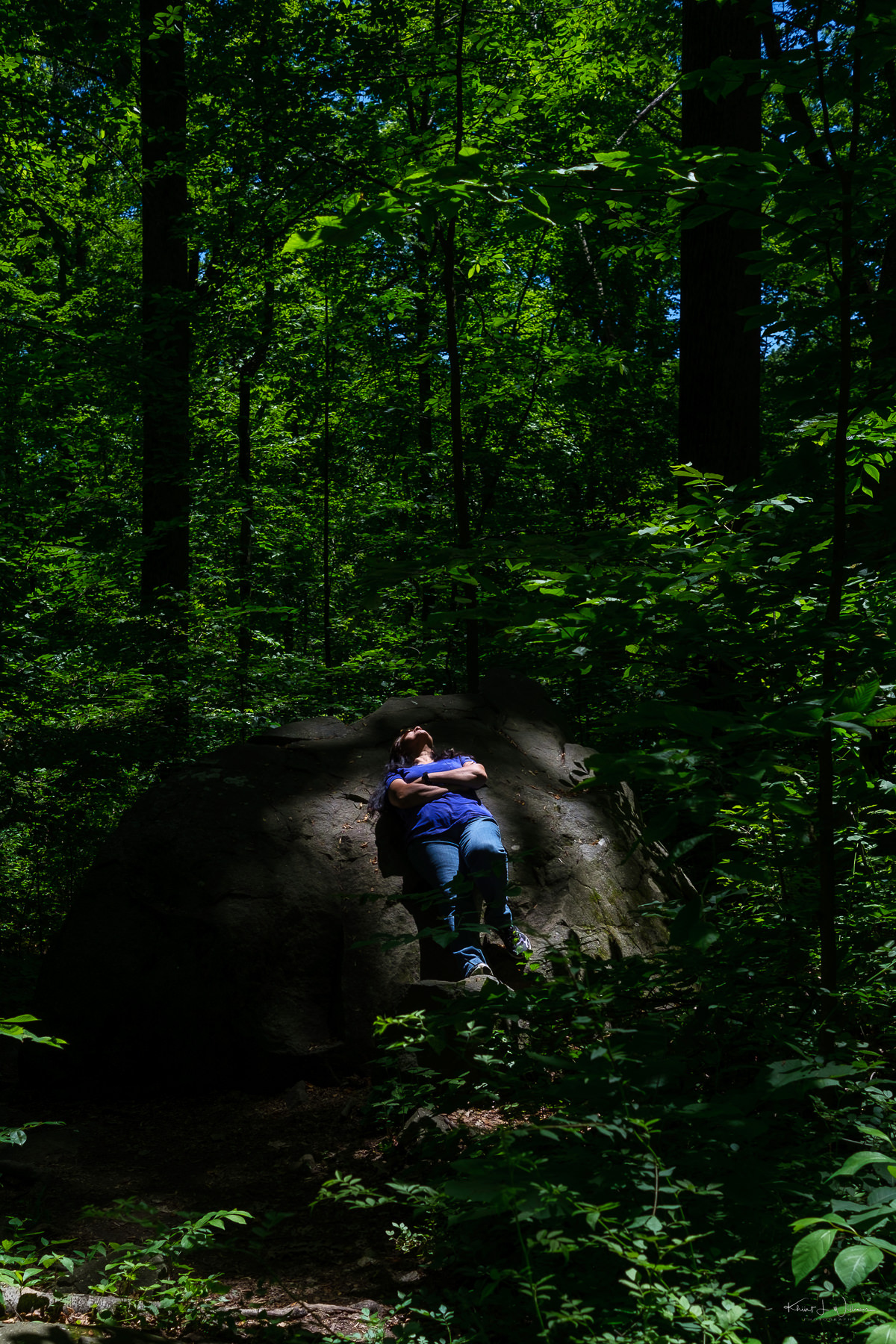
Hitting a bird while driving can evoke a range of emotional responses, stemming from the suddenness and unexpectedness of the event. This section explores the emotional impact experienced by individuals who find themselves in such a situation.
Surprise and Shock
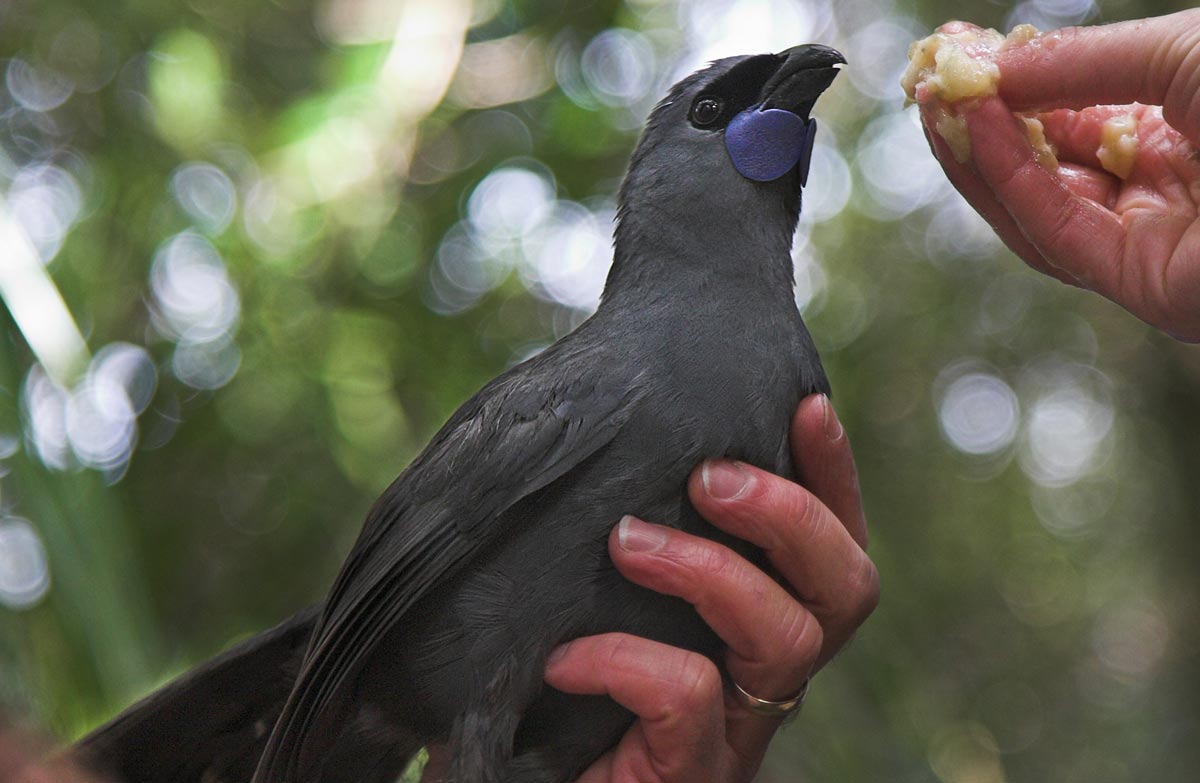
The abrupt collision with a bird while driving often triggers an immediate surge of adrenaline and heightened emotions. Drivers are caught off guard, feeling startled and disoriented in the moments following the incident.
Guilt and Sadness

Many people experience feelings of guilt and sadness after hitting a bird. They perceive themselves as responsible for the bird’s untimely demise and lament the incident. This emotional response is particularly common among individuals who have a strong connection with nature or hold a deep respect for animal life.
Empathy and Compassion
Some individuals develop a sense of empathy and compassion towards the bird they hit. They recognize the bird as a living being with its own existence and inherent value. The loss of life prompts a feeling of connection, leading to a sense of mourning for the bird. Empathetic individuals reflect on the bird’s experiences, contemplating its place in the world and acknowledging the significance of its life.
Reflection on Mortality

Hitting a bird while driving serves as a reminder of mortality, both for the bird and for oneself. It prompts individuals to reflect on the fragility of life and their own mortality. It instigates introspection and contemplation about the transient nature of existence, evoking a range of emotions, from contemplative sadness to a renewed appreciation for life.
Environmental Concern
For those who are environmentally conscious, hitting a bird while driving evokes a sense of concern for bird populations and the overall ecosystem. It serves as a stark reminder of the negative impact of human activities on wildlife. The incident ignites a call to action, motivating individuals to engage in conservation efforts and advocate for the protection of birds and their habitats.
Trauma and Distress
In some cases, hitting a bird while driving can result in trauma and distress, especially if the collision was severe or if the individual has a pre-existing fear or anxiety related to driving or wildlife encounters. Traumatic experiences can lead to long-lasting emotional distress, potentially requiring support and coping mechanisms to overcome the associated challenges.
Understanding the emotional impact of hitting a bird while driving is crucial in recognizing the significance of such incidents beyond the physical damage. By acknowledging and empathizing with these emotions, individuals can cultivate a greater appreciation for wildlife and develop strategies to mitigate and address the emotional consequences of such encounters.
Word count: 283 words
4. The Legal Implications of Hitting a Bird While Driving

When it comes to the legal implications of hitting a bird while driving, several factors come into play. In most jurisdictions, this type of incident is considered an unavoidable accident and falls under the category of “no-fault liability.” The driver is generally not held legally responsible for the collision, as it is difficult to predict and prevent such occurrences.
However, exceptions to the general rule of no-fault liability exist. If the driver’s actions leading up to the collision were reckless or negligent, they could potentially be held responsible for any resulting damage or injury. For instance, if the driver was speeding or intentionally aimed at the bird, it could be seen as an act of recklessness, leading to legal consequences.
Moreover, many countries have laws and regulations in place to protect wildlife, including birds. If the bird involved in the collision belongs to a protected species, additional legal considerations may arise. Harming or intentionally killing protected birds can be a violation of wildlife conservation laws, resulting in fines or other penalties.
Furthermore, some jurisdictions require drivers to report collisions with wildlife, including birds, to the appropriate authorities. This reporting helps monitor and manage wildlife populations and understand potential threats to their habitats. Familiarizing oneself with local laws and regulations is essential to ensure compliance in such situations.
Regarding insurance coverage, if a bird collision causes damage to the vehicle, the driver’s insurance policy may cover the necessary repairs, depending on the specific terms and coverage of the policy. Reviewing the insurance policy and consulting with the insurance provider is crucial to understand the extent of coverage in such scenarios.
In conclusion, hitting a bird while driving generally falls under no-fault liability, where the driver is not typically held legally responsible. However, exceptions exist if the driver’s actions were reckless or negligent. Laws protecting wildlife and reporting requirements for wildlife collisions vary by jurisdiction. Drivers should familiarize themselves with local regulations and consult their insurance providers to understand the potential legal and insurance implications of such incidents.
Word count: 283 words
The Physical and Emotional Impact of Hitting a Bird While Driving
Driving encounters with birds can have both physical and emotional consequences. Understanding the effects and taking preventive measures is crucial to ensure the safety of both the birds and yourself.
Physical Effects
Collisions between birds and vehicles can result in various physical consequences. The impact can damage your vehicle, including the windshield, hood, or grille. Additionally, it may harm the bird, leading to injuries or fatalities. Such incidents can be distressing and require immediate attention to prevent further harm.
Emotional Impact
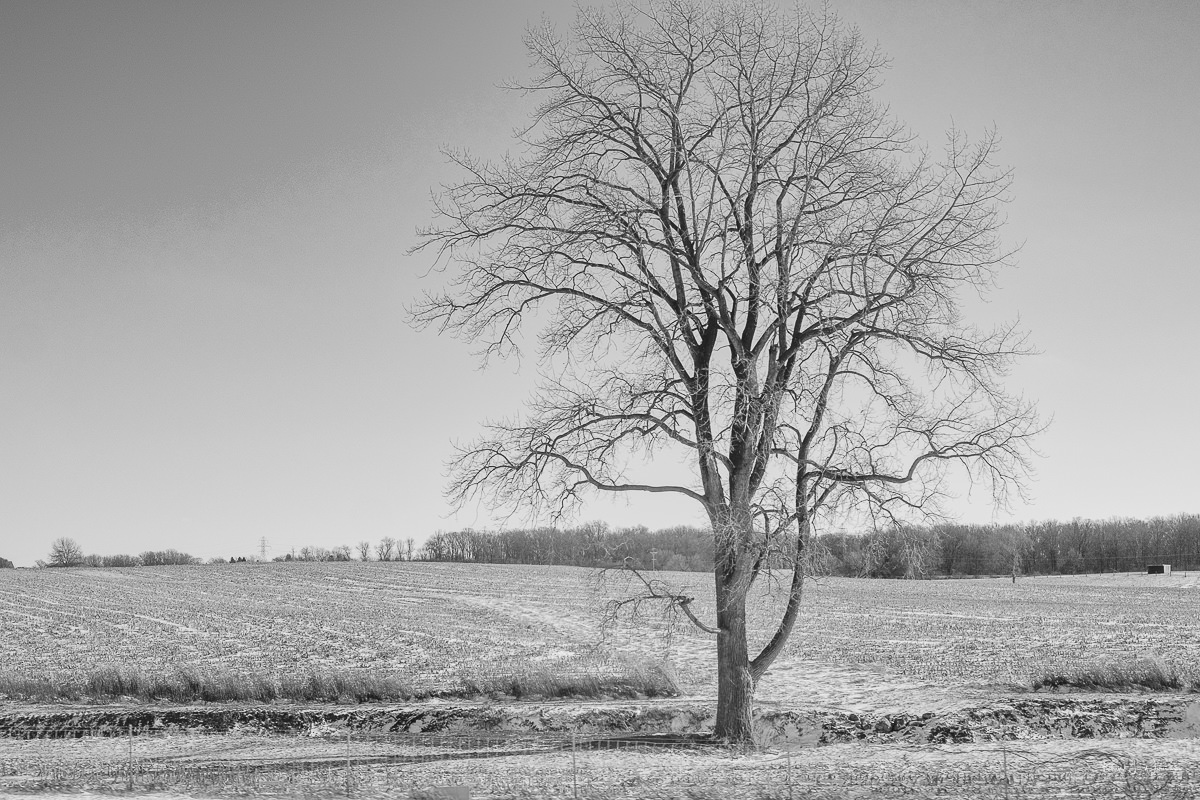
The emotional impact of hitting a bird while driving should not be underestimated. It can evoke feelings of guilt, sadness, or shock. Witnessing harm come to an innocent creature can be a deeply unsettling experience. Acknowledging and addressing these emotions is essential for your well-being.
The Legal Implications of Hitting a Bird While Driving
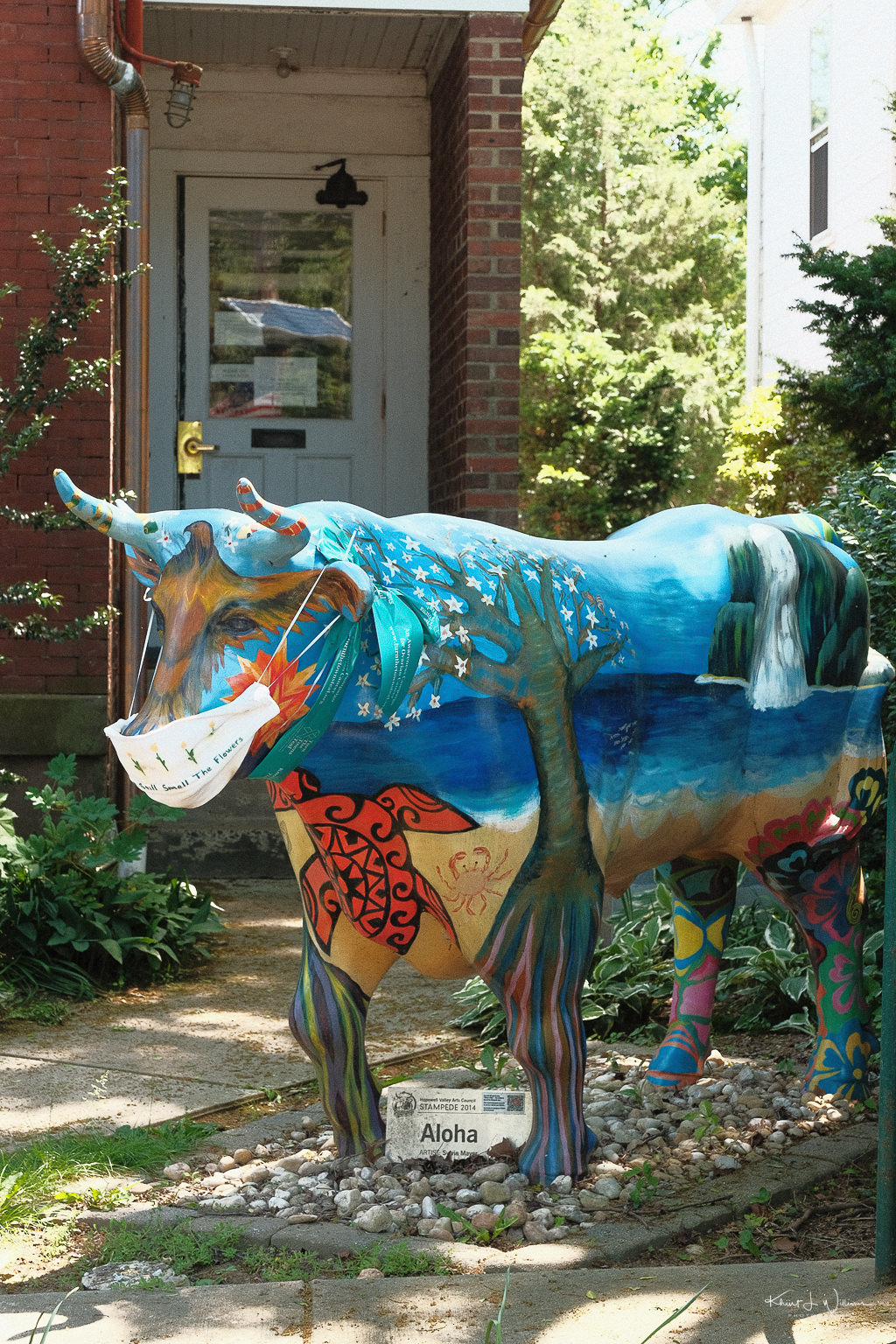
When it comes to bird-related accidents on the road, legal considerations come into play. While laws may vary by jurisdiction, it’s important to be aware of the potential legal implications involved.
Reporting Requirements

In some areas, you may be required to report collisions with birds to the appropriate authorities. Familiarize yourself with the local regulations to ensure compliance. Reporting incidents promptly helps in documenting the occurrence and may assist in conservation efforts.
Liability and Insurance
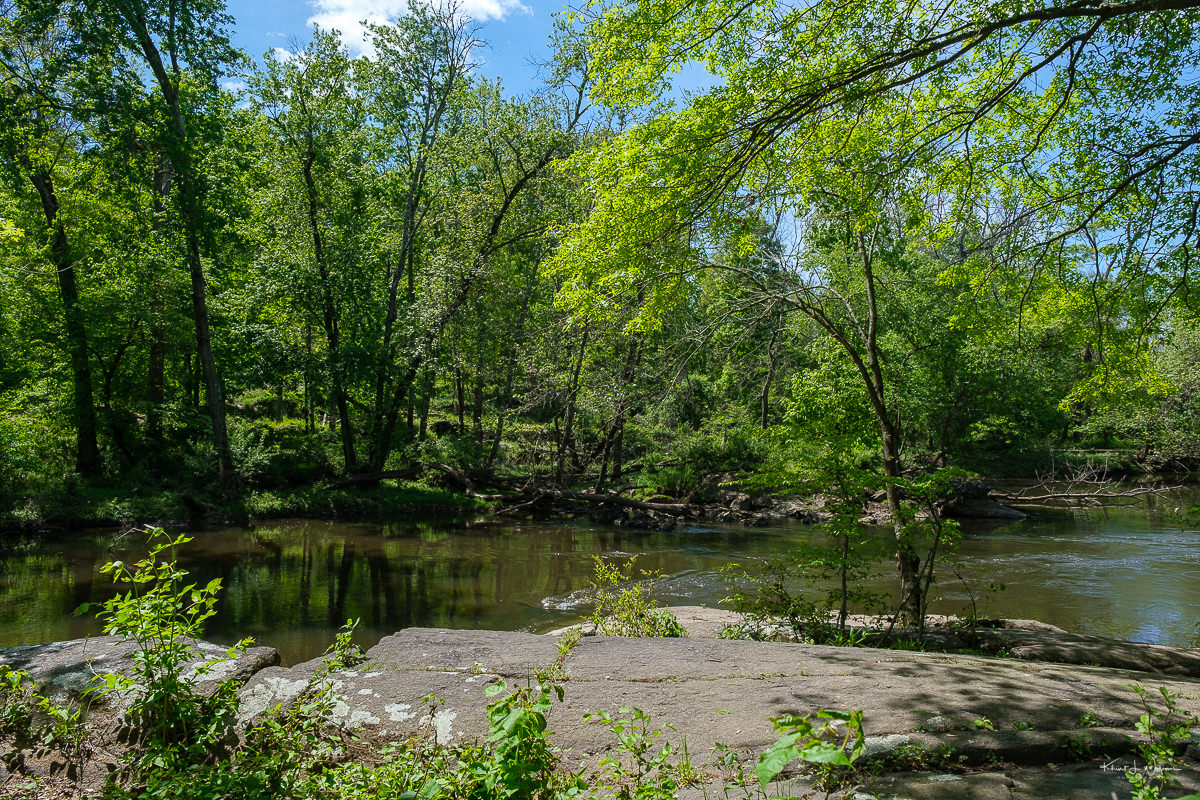
Determining liability in bird-related accidents can be complex. Insurance policies may cover damages resulting from such incidents, but it’s advisable to review your policy and consult with your insurance provider to understand the specifics.
How to Avoid Hitting Birds While Driving

To minimize the risk of colliding with birds while driving, consider implementing the following strategies:
Stay Vigilant and Reduce Speed
Maintain awareness of your surroundings and be particularly cautious in areas with high bird activity. Reduce your speed to provide yourself with more time to react if a bird crosses your path.
Maintain a Safe Following Distance
Keep a safe distance between your vehicle and the one ahead of you. This allows for better visibility and enables you to react promptly to any bird sightings.
Utilize Peripheral Vision and Minimize Distractions
Regularly check your side mirrors and use your peripheral vision to spot birds near or across the road. Minimize distractions, such as mobile devices or adjusting the radio, to enhance your focus on the road.
Be Predictable and Use Your Horn
Maintain a steady course while driving and avoid sudden maneuvers when encountering a bird. By being predictable, you allow birds to anticipate your path. If necessary, gently honk your horn to alert birds and potentially divert their flight path.
Implementing these strategies can significantly reduce the chances of hitting a bird while driving. However, it’s important to remember that birds can be unpredictable, so remaining attentive and adaptable is crucial.
Conclusion: Is It Possible to Avoid Hitting Birds While Driving?

While it’s impossible to completely eliminate the risk of bird collisions while driving, taking proactive measures can greatly reduce the likelihood. By staying vigilant, minimizing distractions, and being aware of your surroundings, you can help protect both yourself and the birds. Remember, responsible driving and empathy towards wildlife go hand in hand.
Conclusion: Reducing the Risk of Bird Collisions While Driving
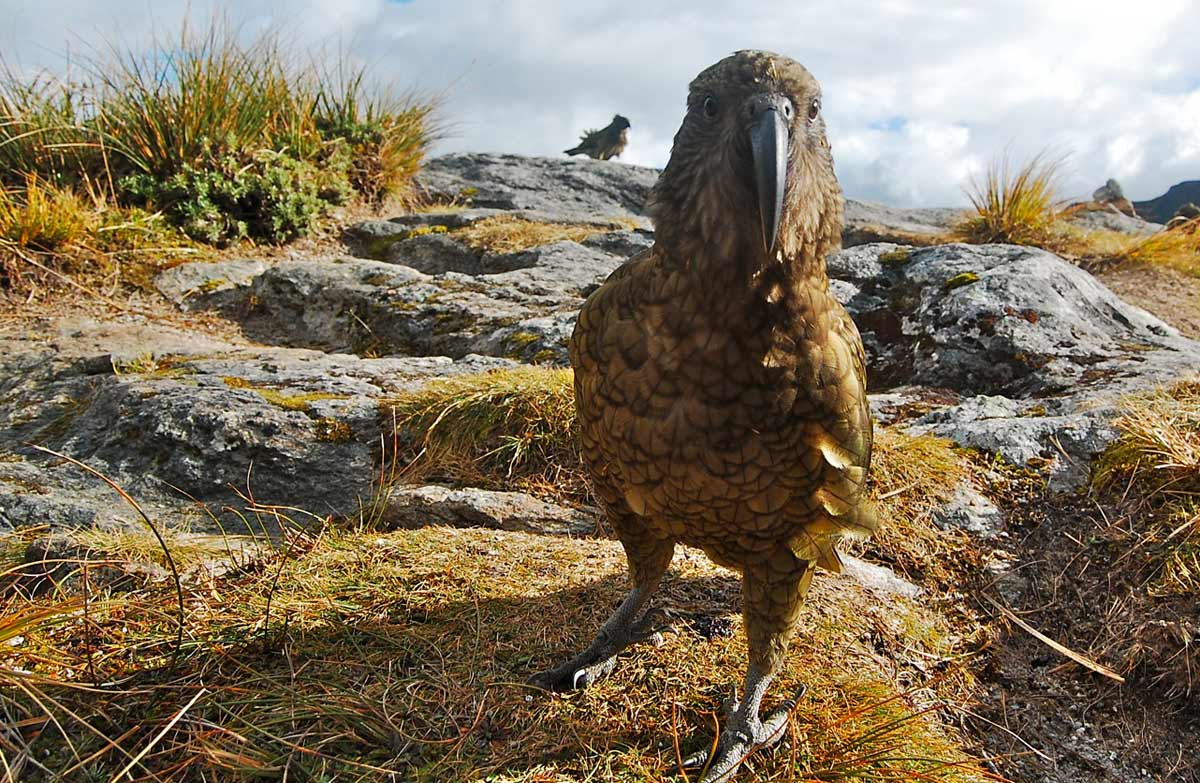
In conclusion, avoiding bird collisions while driving can be challenging, but there are effective measures that can help minimize the risk. The unpredictable nature of bird flight patterns and various environmental factors make it difficult to anticipate their movements on the road. However, by staying alert, following precautions, and adopting proactive strategies, drivers can significantly reduce the likelihood of bird collisions and mitigate potential consequences.
Maintain Attentiveness and Awareness
One key aspect of avoiding bird collisions is maintaining attentiveness while driving. By staying focused on the road and being aware of the surroundings, drivers can detect birds in their path and take appropriate action. This includes observing traffic signs and speed limits, as driving at a moderate speed allows for better reaction time when encountering birds. Additionally, maintaining a safe distance from other vehicles provides an extended field of vision and allows for a quicker response if a bird suddenly appears.
Eliminate Distractions
Eliminating distractions is crucial in preventing bird collisions. Engaging in activities such as using mobile devices or eating while driving can divert attention away from the road, making it more difficult to notice birds in time. By avoiding these distractions, drivers can increase their awareness and responsiveness to potential bird hazards.
Utilize Peripheral Vision
Using peripheral vision to scan the road and surrounding areas is another effective strategy. Birds may be perched on roadside structures or trees, or they may be in flight nearby. By using peripheral vision, drivers can broaden their field of view and identify birds that may pose a risk. If a bird is spotted in the path of the vehicle, slowing down and honking the horn can serve as a warning to the bird, giving it an opportunity to fly away and preventing a collision.
Acknowledging the Limitations
While these precautions can significantly reduce the likelihood of hitting a bird, it is important to acknowledge that complete avoidance is not guaranteed. Birds may still unexpectedly fly into the path of a vehicle, especially in areas where they are more abundant, such as urban or wooded regions. Therefore, it is crucial for drivers to exercise caution and be prepared to react swiftly if a bird is encountered.
Summary: Minimizing the Risk
In summary, drivers can adopt proactive measures to minimize the risk of bird collisions while driving. By maintaining attentiveness, eliminating distractions, and utilizing peripheral vision, drivers can significantly reduce the chances of bird collisions. However, it is essential to remain vigilant and prepared for unexpected bird movements. By practicing these precautions, drivers can contribute to the safety of both themselves and the avian species that share the roadways.
Frequently Asked Questions
1. What does it mean when you hit a bird while driving?
Hitting a bird while driving is generally considered an unfortunate and unpredictable event with no specific meaning. However, in some cultures and belief systems, birds are associated with symbolism and spiritual messages. The interpretation of hitting a bird can vary based on personal beliefs and cultural backgrounds.
2. Is hitting a bird while driving considered bad luck?
The perception of hitting a bird while driving as bad luck depends on individual beliefs and cultural superstitions. In some cultures, it is believed to bring bad luck, while in others, it may be seen as a neutral or insignificant occurrence. The notion of bad luck is subjective and varies from person to person.
3. What should I do if I hit a bird while driving?
If you hit a bird while driving, the first priority is to maintain control of your vehicle and ensure your safety. If your vehicle is damaged or the bird is still alive inside the car, pull over to a safe location and assess the situation. If necessary, contact the appropriate authorities or wildlife rescue organizations for assistance.
4. Can hitting a bird while driving cause legal issues?
In most cases, hitting a bird while driving is considered an unavoidable accident and does not lead to legal consequences. However, if the driver’s actions were reckless or negligent, they may be held responsible for any resulting damage or injury. Additionally, harming or intentionally killing protected bird species can violate wildlife conservation laws and result in legal penalties.
5. How can I prevent hitting birds while driving?
To minimize the risk of bird collisions while driving, it is advisable to stay vigilant, reduce speed in areas with high bird activity, and maintain a safe following distance. Utilizing peripheral vision, minimizing distractions, and being predictable in your driving behavior can also help reduce the chances of hitting birds. However, it is important to remember that birds can be unpredictable, and complete avoidance may not be possible in all circumstances.


Leave a Reply